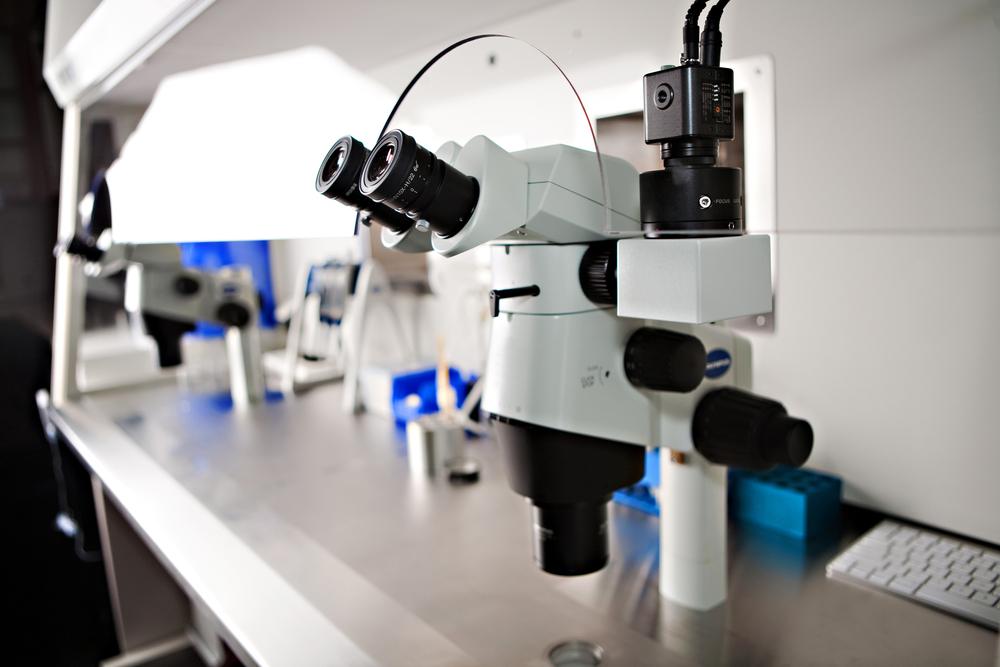Comprehensive Guide to In Vitro Fertilization (IVF): Processes, Success Rates, and Key Insights
This comprehensive guide covers everything about In Vitro Fertilization (IVF), including the process steps, success rates, variations, and recent advancements. It provides valuable insights for individuals and couples considering this fertility treatment, explaining how age, embryo freezing, and personalized protocols influence outcomes. With ongoing innovations, IVF remains a hopeful solution for overcoming infertility challenges and achieving family-building goals. Learn about the detailed procedures, success factors, and latest scientific progress to make informed choices on the fertility journey.

Comprehensive Guide to In Vitro Fertilization (IVF): Processes, Success Rates, and Key Insights
In Vitro Fertilization (IVF), frequently referred to as the process that creates "test tube babies," is a groundbreaking reproductive technology designed to help couples and individuals facing fertility challenges achieve pregnancy. This complex procedure involves fertilizing an egg outside the human body in a laboratory setting, subsequently transferring the resulting embryo into the uterus. Despite its widespread recognition, many people are unfamiliar with the detailed steps, variations, success factors, and recent advancements associated with IVF. Below is an in-depth exploration of this fertility journey, aimed at providing comprehensive insights into each aspect of the process.
Understanding Infertility and Its Impact
Infertility is a prevalent health issue affecting approximately 1 in 6 couples worldwide. It can stem from a variety of causes, with a nearly even split between female and male factors: 40% from the woman's health, 40% from the man's, and the remaining 20% due to combined or unexplained factors. Despite the high prevalence, only an estimated 5% of couples with infertility try assisted reproductive technologies like IVF. Beyond heterosexual couples, IVF also provides a pathway to parenthood for same-sex couples, single women, and individuals with genetic conditions or health issues that hinder natural conception.
The Timeframe and Stages of IVF Treatment
Completing an IVF cycle involves multiple phases spanning several weeks, requiring careful monitoring and medical interventions. The process begins with ovarian stimulation, where hormonal medications are administered to promote the development of multiple mature eggs. During this period, women typically visit the clinic frequently for ultrasounds and blood tests to track follicle growth and hormone levels. Egg retrieval, a minor outpatient procedure, occurs once follicles reach optimal size. The retrieved eggs are then fertilized with sperm—either from a partner or donor—in the laboratory. The fertilized eggs are cultured for 2-6 days, during which they develop into embryos. Embryo transfer, the final step, involves placing a selected embryo into the uterus, often with minimal or no anesthesia. The entire process usually lasts about 4 to 5 weeks, although it can vary based on individual response.
Different Types and Variations of IVF
While conventional high-stimulation IVF remains the most common method, several variations exist to cater to specific needs and reduce medication side effects. Natural IVF avoids hormonal stimulation altogether, relying on the woman's natural ovulation cycle. Modified natural IVF involves minimal medication over 3-4 days, enabling the retrieval of a single, high-quality egg. Mini IVF, also known as minimal stimulation IVF, uses a lower dose of medications for 5-9 days, reducing costs and physical discomfort while maintaining good success rates. These different approaches offer personalized options for patients based on age, health, and fertility history.
Factors Affecting IVF Success Rates
Success rates for IVF are influenced by many variables, with age being the most significant. Women under 35 generally experience higher success rates, often exceeding 40-50% per cycle, depending on various factors. As women age beyond 35, success rates decline steadily, dropping sharply after age 40, and becoming quite limited over 45. Other factors influencing outcomes include ovarian reserve, embryo quality, sperm health, and the specific fertility clinic's expertise. Lifestyle choices such as smoking, obesity, and stress can also impact success. Advances in laboratory techniques, embryo freezing, and genetic screening continue to improve overall success rates.
The Role of Frozen Embryos in IVF
Recent studies have demonstrated that frozen embryos are just as effective as fresh ones for achieving pregnancy. Embryo freezing, or cryopreservation, is a reliable method that allows patients to store excess embryos for future cycles or transfers. Advances in vitrification techniques have significantly increased frozen embryo survival rates, enabling flexible scheduling without compromising success. Frozen embryo transfers often result in higher pregnancy rates and lower risks of ovarian hyperstimulation syndrome (OHSS). This approach has become a standard practice, offering greater convenience and success to individuals undergoing IVF.
In conclusion, IVF remains a revolutionary solution for infertility, offering hope to millions worldwide. Its various techniques and continuous scientific advancements have significantly improved success rates and reduced physical and emotional burdens. Understanding the detailed processes, factors affecting outcomes, and recent innovations helps prospective parents make informed decisions about their fertility journey. As research progresses, IVF continues to evolve, promising new opportunities for parenthood for those who need it most.




